Vacuoles and Vesicles – Definition, Structure, and Functions
Storage and transport are carried out with sacs called vacuoles and vesicles. There is a subtle difference between vacuoles and vesicles, other than the fact that the vacuoles are larger than the vesicles. The vacuole does not have a connection with the other cellular components. Some agents within plant vacuoles can break down macromolecules.
Vesicles can fuse with other membranes within the cell system.
Vacuoles
Secretory, excretory, and storage are some of the functions of vacuoles. vesicles are usually smaller than vacuoles. vacuoles are used by many organisms and plant cells have very large vacuoles.
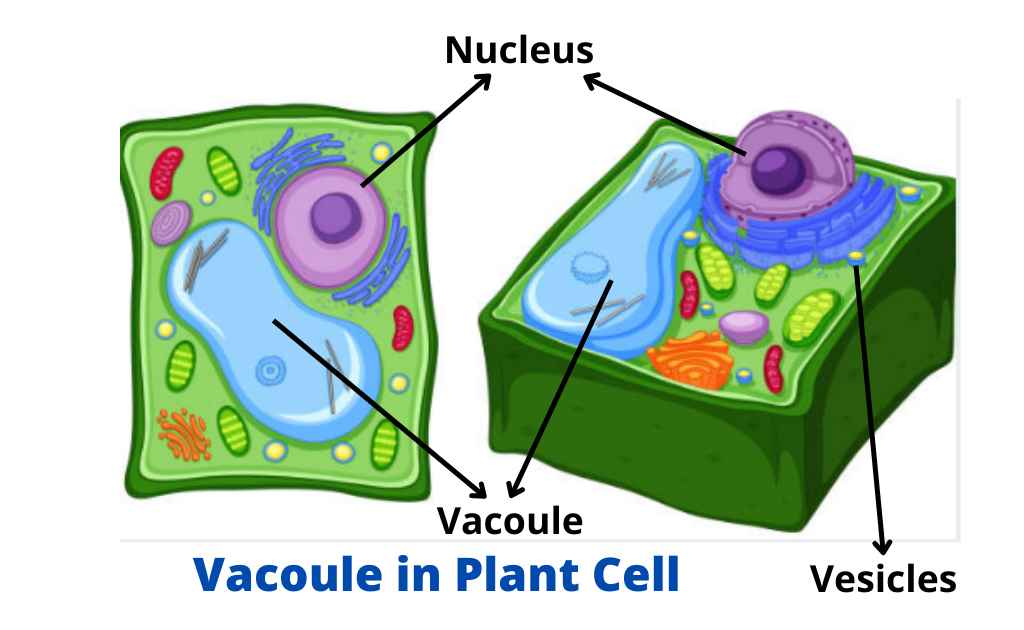
Vacuole in Animal And Plant Cell
There is a large central vacuole in the plant cell that is used for osmotic control. The vacuoles excrete water from the cell to avoid bursting due to osmotic pressure.
Animal cells possess vacuole but it is in a smaller size.
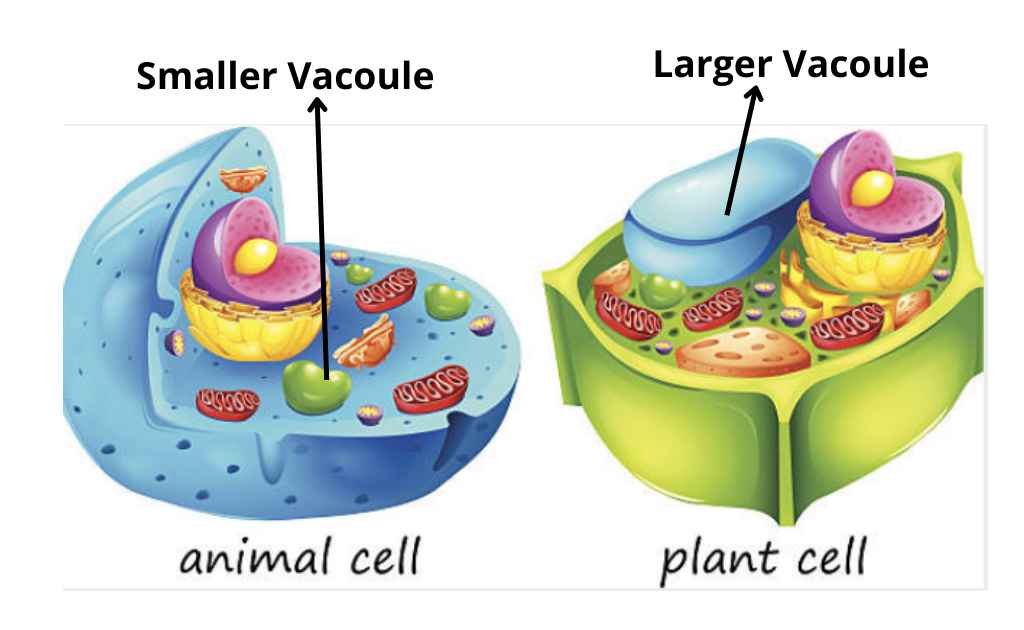
Functions Of Vacuole in Plants
In changing environmental conditions, the central vacuole plays an important role in regulating the concentration of water in the cell. Turgor pressure, which is the outward pressure caused by the fluid inside the cell, is provided by the liquid inside the central vacuole.
Have you ever noticed that if you don’t water your plant for a few days, it won’t grow? As the water concentration in the soil becomes lower than the water concentration in the plant, water moves out of the central vacuoles and cytoplasm and into the soil. As the central vacuole shrinks, the cell wall is unable to support it.
The wilted appearance is caused by the loss of support to the cell wall of the plant. This fluid has a bitter taste which discourages insects and animals from consuming it. The central vacuole has a role to play in the development of the seed cells.
Vesicles
A small, spherical compartment that is separated from the cytosol by at least one lipid bilayer is called a vesicle.
Formation of Vesicles
Vesicles can be made in the Golgi apparatus or in the parts of the cell that end up in the endoplasmic reticulum. In addition to the Golgi apparatus and ER, the exocytosis process can also include other parts of the cell.
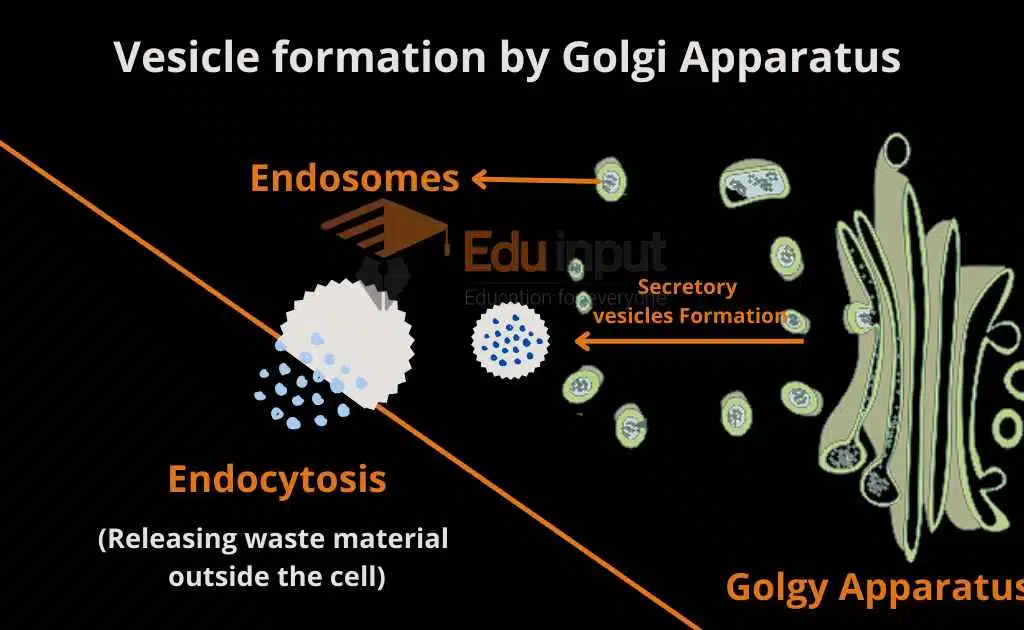
Function Of Vesicles
Some type of molecules, such as a hormone or neurotransmitter, is transported by most of the vesicles. First, these vesicles must form around the substance being transported. This requires a lot of coats to surround and bind the proteins being transported.
Different types of vesicles trap various transmembrane-receptors, called cargo-receptors, which in turn trap the cargo molecules.
Frequently Asked Questions-FAQs
What is vacuole?
The vacuole is a cell organelle that constitutes fluids or storage material of the cell.
What does a central vacuole store?
A central vacuole store;
Salts
Pigments
Nutrients
Minerals
Proteins
What are the types of vacuoles?
Gas vacuole
Food vacuole
Contractile vacuole
Sap Vacuole
What are the types of vesicles?
Secretory vesicles (Containing waste material to be removed from the cell)
Lysosomes (vesicles that contain digestive enzymes)
Transport vesicles (vesicles containing material to transport inside or outside the cell)
What is vesicle?
A vesicle is a membranous pouch or cyst formed inside the cell, that contains cytoplasmic elements enclosed in it.



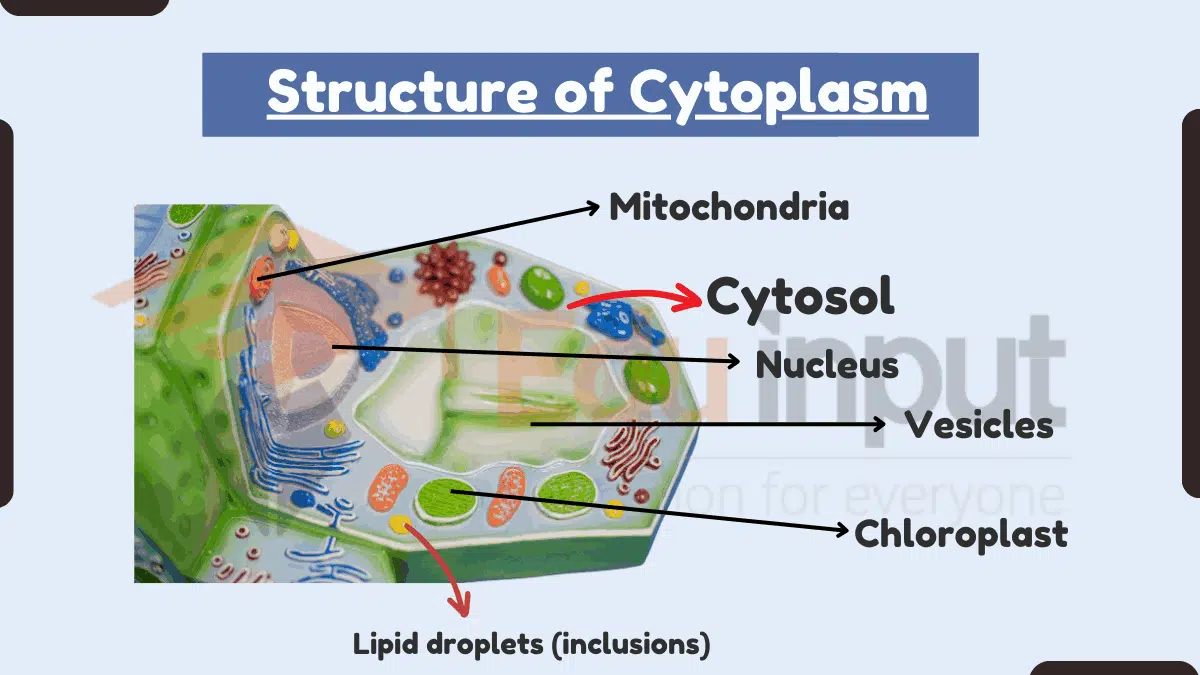
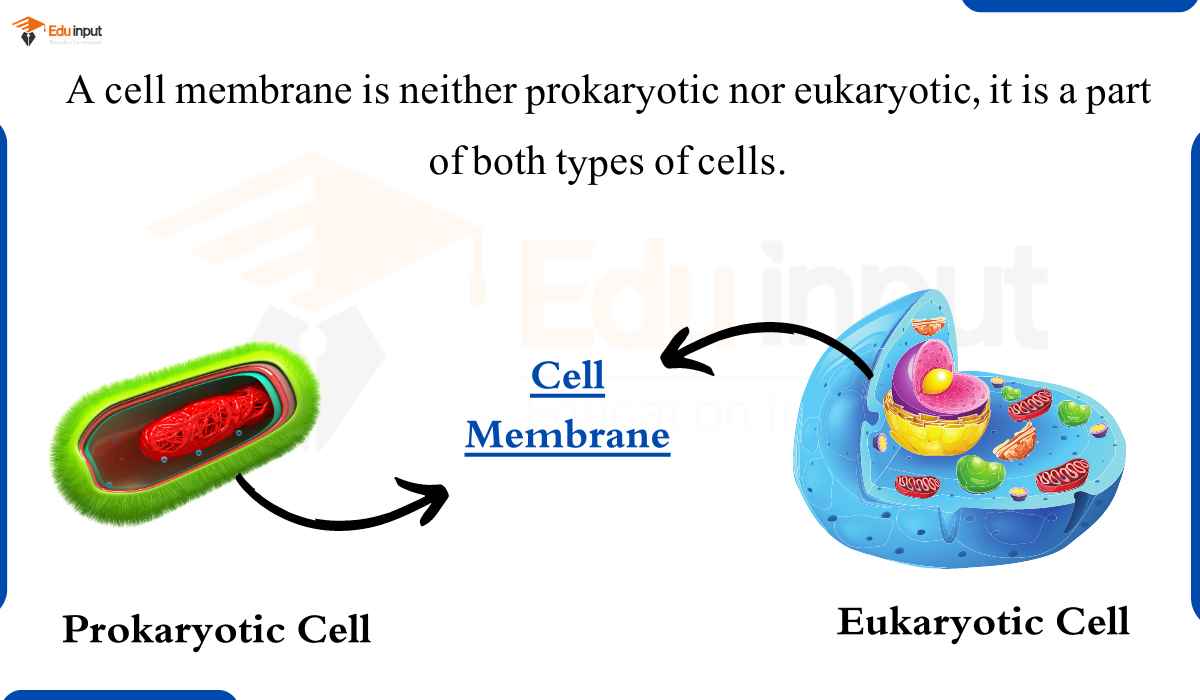

Leave a Reply